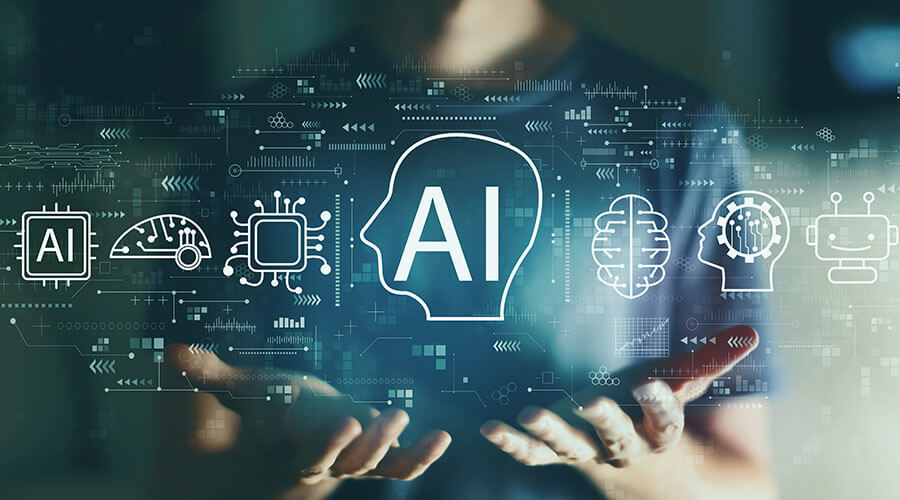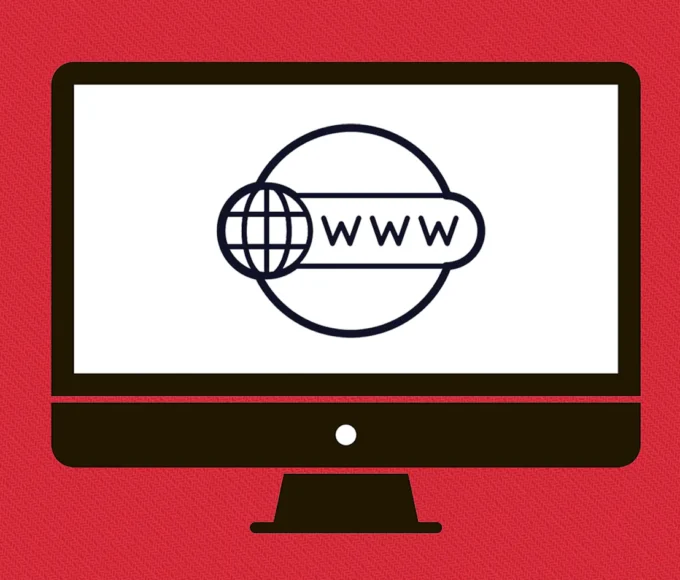The short truth is that “90% by 2030” is a headline, not a forecast; major institutions see broad exposure to AI and accelerated task automation, but the data supports job transformation and reallocation—far from a near‑total workforce replacement in five years. Think of AI as a force that reassigns and reshapes work at scale, with some roles shrinking or disappearing and others expanding or newly created, rather than a single switch that turns off almost all jobs by a fixed date.
What credible forecasts say
- The IMF estimates AI will affect about 40% of global employment via displacement and complementarity, with advanced economies facing greater exposure to both risks and upside potential.
- The World Economic Forum’s 2025 Future of Jobs analysis finds AI and information‑processing tech will transform 86% of businesses by 2030, with net effects including 170 million jobs created and 92 million displaced globally, emphasizing churn and reskilling rather than mass unemployment.
- Goldman Sachs projects the equivalent of up to 300 million full‑time jobs exposed to automation, concentrated in developed economies; exposure is not the same as replacement, and the report also anticipates productivity gains and new job categories.
Tasks vs. jobs: the core misunderstanding
Organizations automate tasks faster than they eliminate entire occupations, which is why analysts model “hours automated” rather than “jobs gone” when estimating impact timelines this decade. McKinsey projects roughly 27–30% of hours in Europe and the U.S. could be automated by 2030, significantly accelerating task change and occupational transitions, but still far from “90% of jobs gone”. The OECD similarly estimates about 27–28% of jobs in member economies are in high‑automation‑risk occupations, not that all such jobs will vanish on a uniform timetable.

Timelines and adoption constraints
Even when technologies are ready, diffusion takes time due to investment cycles, regulation, risk management, and organizational change, which slows any march toward sweeping job elimination by early 2030s. The WEF’s data shows transformation across most employers by 2030, yet also widespread plans for upskilling and role redesign, underscoring a reconfiguration of work rather than collapse of employment demand. IMF researchers and reviews highlight that policy choices—safety nets, training, and competition—will shape whether AI complements rather than substitutes labor, further moderating “doomsday” timelines.
Who is most exposed—and how
- Clerical and administrative roles face high exposure to generative AI’s capabilities, with ILO research warning of disproportionate impacts on women in high‑income countries due to occupational segregation in these categories.
- Routine office support, customer operations, some accounting and legal tasks, and parts of content production and coding see substantial task automation potential—often leading to fewer headcount needs or redesigned roles.
- However, many jobs combine automatable tasks with non‑automatable work—field operations, complex interpersonal care, physical dexterity, or nuanced judgment—which sustains employment while changing the task mix and skill requirements.
What changes by 2030 (and what doesn’t)
By 2030, labor markets will likely see millions of workers switching occupations, rapid upskilling, and significant shifts in function sizes, but not the disappearance of nine out of ten jobs. McKinsey anticipates about 12 million occupational transitions in the U.S. and similar magnitudes in Europe by 2030, tracking a steep rise in mobility but not systemic joblessness when macro conditions are stable. WEF’s figures—170 million roles created vs. 92 million displaced—capture the churn: fewer workers doing some kinds of tasks and more workers entering digitally enabled services, data, engineering, operations, and green economy roles.
Why 90% replacement is not supported
- “Exposure” and “tasks automated” don’t equate to “jobs eliminated”; even deep task automation often leaves cores of work requiring human oversight, interpersonal context, physical presence, compliance, or accountability.
- Empirical evidence so far shows uneven effects by sector and region, with advanced economies seeing higher exposure but also more augmentation, while emerging markets face slower near‑term disruption due to industrial mix and adoption gaps.
- OECD and ILO findings point toward transformation of job content as the dominant outcome, with subsets of roles at high risk—but far from a uniform, near‑total wipeout within five years.
Business playbook: adapt faster than the curve
- Prioritize augmentation: redesign workflows to pair humans with AI for quality, speed, and cost improvements before (or instead of) headcount reductions that erode capacity and resilience.
- Upskill at scale: WEF reports 85% of employers prioritizing workforce upskilling by 2030; focus on domain literacy with AI, prompt‑based tooling, data reasoning, and systems thinking to capture the productivity lift.
- Rearchitect roles: split tasks into automatable and human‑differentiated buckets; rewrite job descriptions and career paths to reflect the new mix and create progression into higher‑value work.
- Measure outcomes: track cycle time, error rates, and customer satisfaction to verify augmentation benefits and recalibrate where automation underperforms or introduces new risks.
Policy choices that matter
- Safety nets and transition supports: the IMF urges robust social insurance, active labor market policies, and portable benefits to cushion dislocation and sustain demand during transitions.
- Education and training reform: accelerate credentialing and apprenticeships, embed AI across curricula, and expand lifelong learning options to keep pace with task shifts and adoption.
- Competition and diffusion: ensure competitive markets and open standards to spread AI productivity beyond superstar firms, limiting inequality while amplifying aggregate gains.
Reading the headline claims
When headlines cite “300 million jobs,” remember they refer to potential exposure or tasks, not confirmed layoffs; the same reports forecast new roles and GDP uplift as automation reconfigures organizations. The credible center of expert analysis across IMF, WEF, OECD, ILO, and McKinsey points to significant job churn, faster task automation, and broad transformation—not to 90% of jobs disappearing by 2030. If anything, the constraint is execution: skills, process change, governance, and integration speed—not a straight‑line path to near‑total replacement by a specific year.
Conclusion
The best available evidence says AI will reshape work faster than prior tech waves, but the mechanism is task automation and role redesign, not the elimination of almost all employment by 2030. Expect deep exposure—roughly 40% of jobs globally touched, around 27–30% of hours automated in major economies, and tens of millions of job transitions—offset by substantial job creation and productivity gains where organizations and policymakers invest in augmentation and skills. In short, 2030 brings a labor market in motion—more dynamic, more digital, and more skills‑intensive—but the claim that AI will replace 90% of jobs is neither plausible nor supported by mainstream forecasts.
References / Sources
- IMF — AI Will Transform the Global Economy (global exposure ≈40%; policy implications): https://www.imf.org/en/Blogs/Articles/2024/01/14/ai-will-transform-the-global-economy-lets-make-sure-it-benefits-humanity.
- World Economic Forum — Future of Jobs Report 2025 (86% businesses transformed; jobs created vs. displaced): https://www.weforum.org/publications/the-future-of-jobs-report-2025/digest/ and PDF: https://reports.weforum.org/docs/WEF_Future_of_Jobs_Report_2025.pdf.
- Goldman Sachs — Generative AI could raise GDP by 7% (300M jobs exposed; task automation context): https://www.goldmansachs.com/insights/articles/generative-ai-could-raise-global-gdp-by-7-percent and CNN summary: https://www.cnn.com/2023/03/29/tech/chatgpt-ai-automation-jobs-impact-intl-hnk.
- McKinsey Global Institute — The race to deploy generative AI and raise skills (27–30% of hours automated by 2030; transitions): https://www.mckinsey.com/mgi/our-research/a-new-future-of-work-the-race-to-deploy-ai-and-raise-skills-in-europe-and-beyond.
- OECD Employment Outlook (jobs at high risk ≈27–28% across OECD): Reuters summary: https://www.reuters.com/technology/27-jobs-high-risk-ai-revolution-says-oecd-2023-07-11/ and OECD page: https://www.oecd.org/en/topics/policy-issues/future-of-work.html.
- ILO/UN News — Generative AI and jobs (transformation more likely than replacement; gendered exposure): https://news.un.org/en/story/2025/05/1163486 and ILO repository: https://researchrepository.ilo.org/esploro/outputs/encyclopediaEntry/Generative-AI-and-jobs-a-global/995326516102676.














Leave a comment